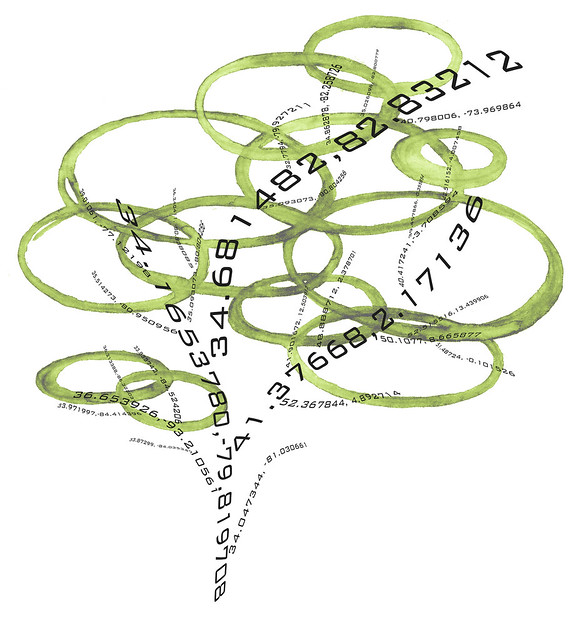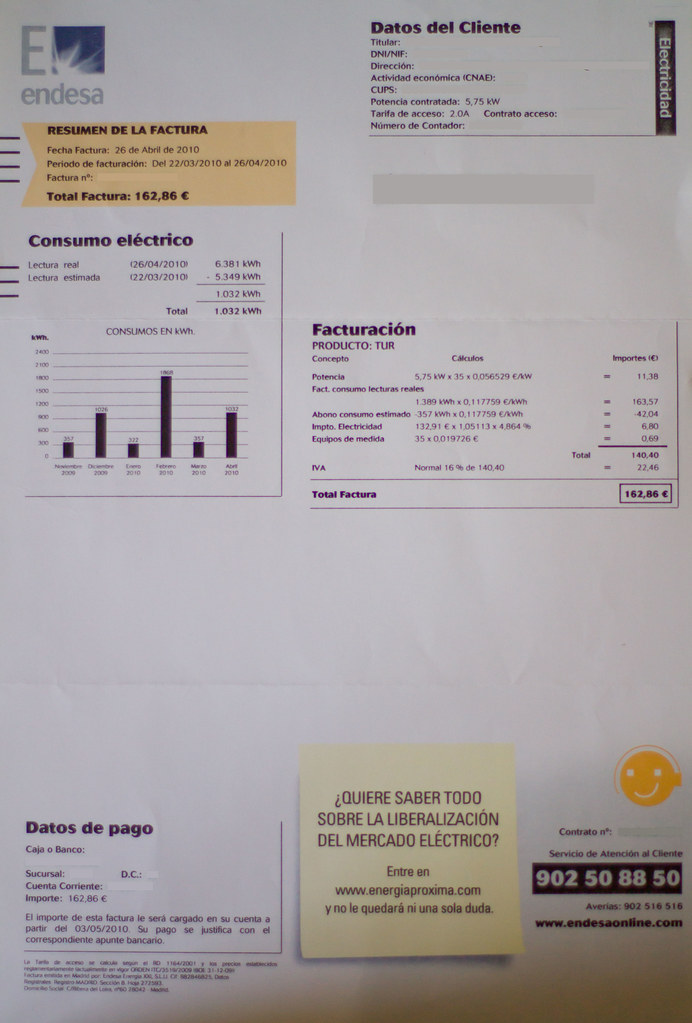
And here are this week’s Green numbers – shorter than usual presumably ‘cos last week was Thanksgiving in the US:
-
Chinese CDM Fund to Have $1.5 Billion for Clean-Energy Projects by 2012
China CDM Fund, the government body that invests money from carbon credits, will almost double its available cash for renewable energy projects to 10 billion yuan ($1.5 billion) in 2012, the vice director of the fund said.
The fund, which manages 6 billion yuan currently, will add as much as 3 billion yuan a year through 2012, Jiao Xiaoping, deputy director general of China CDM Fund, said in an interview in Shanghai yesterday.
-
Opower Lands $50M for Home Energy Efficiency
Looks like hard-core behavioral analysis and the good ol? U.S. mail has won one of the bigger cleantech cash prizes of the year.
Opower has landed a $50 million investment from Kleiner Perkins, Accel Partners and New Energy Associates, more than tripling the $14 million it raised from NEA in late 2008 as it scales up to quadruple its customer base and launch some new products in 2011.
-
IBM Supercomputers Are Most Energy Efficient in the World
IBM?supercomputers are the most energy efficient supercomputers in the world, according to the latest Supercomputing ‘Green500 List’ announced by Green500.org. A prototype of IBM’s next generation Blue Gene supercomputer is #1 on the list.
-
EU should move to 30% emissions reduction target | SustainabilityForum.com
The EU would be acting in its own economic interest if it raised its 2020 CO2 reduction target to 30%, says a European Parliament resolution approved on (last) Thursday, which also highlights forest protection and climate aid commitments to developing countries as critical areas for progress in upcoming international talks in Canc?n, Mexico.
Photo credit Lauren Manning
You should follow me on Twitter here

